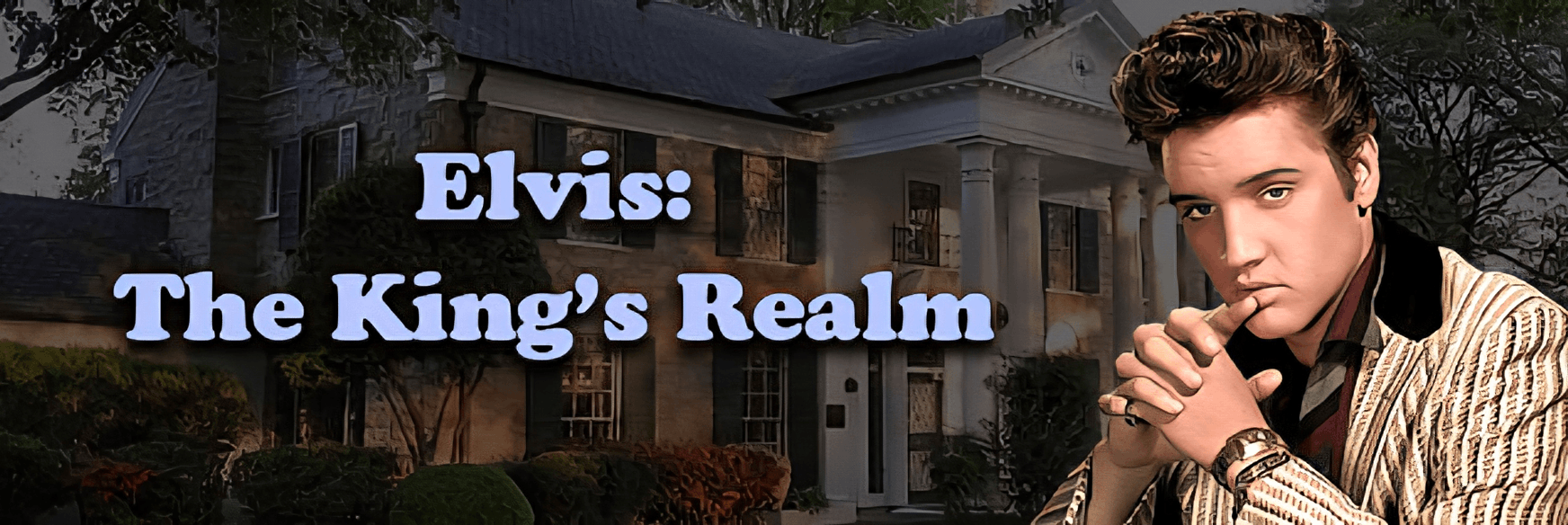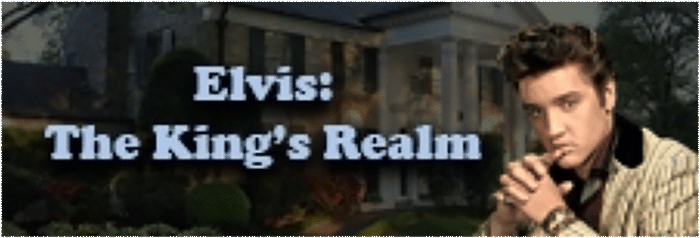Brent Lutes Alexander Cuntz Matthias Sahli / 16 Nov 2025
https://cepr.org/voxeu/columns/elvis-gh ... ity-rights
Copyrights and have long been core to the economics of innovation and creativity, but publicity rights have rarely been analysed in economic terms. This column exploits differences in US state laws that determine whether a celebrity keeps control of their likeness after death to test how losing publicity rights affects postmortem popularity, commercial activity, and reliance on other intellectual property protections. The findings suggest that managing a celebrity brand now requires an integrated intellectual property strategy balancing copyright, trademark, and persona protection. Artificial intelligence, which can replicate voices, faces, and gestures – with or without permission – raises the stakes.
When college basketball players took to the courts last season, they were not just competing for championships; they were finally allowed to compete for themselves. Following a historic $2.8 billion settlement with the National Collegiate Athletic Association (NCAA) in 2024, US student-athletes can now be paid for the commercial use of their name, image, and likeness (NIL). 1 The case acknowledged what had long been obvious: an athlete’s identity – their face on a poster, their name on a jersey, their presence in a videogame – is an economic asset in its own right.
Artificial intelligence is fundamentally reshaping what it means to ‘own’ a likeness and it creates new business opportunities around the use of digital replicas. At the same time, deepfakes and digital doubles now allow anyone’s voice or face to be copied, modified, and monetised, sometimes without permission and including for unethical uses. Singers like rapper 2Pac Shakur perform new songs decades after death; actors are ‘cast’ by algorithms; even sports stars are digitally cloned for advertisements. In this emerging market, publicity rights – the legal rules that govern commercial uses of a person’s likeness – have become the newest and least understood frontier of the digital economy.
From forgotten footnote to economic battleground
Copyrights and trademarks and the incentives they provide to markets have long been core to the economics of innovation and creativity, but publicity rights have rarely been analysed in economic terms. Our new paper (Cuntz et al. 2025) is the first empirical study to do so. We exploit differences in US state laws that determine whether a celebrity keeps control of their likeness after death to identify the economic effects of those rights.
Little to no economic research exists on publicity rights. However, we connect our findings to several related strands of literature. For example, previous studies have focused on the strategic use and welfare effects of copyright and trademark protection (Nagaraj 2018, Giorcelli and Moser 2020, Cuntz 2022, Cuntz and Sahli 2023, Kaiser et al. 2023). Our research expands this line of thinking to include a new form of protection comparable to intellectual property rights, as we explain below.
Fame as an asset: Michael Jordan and Elvis Presley
Michael Jordan’s partnership with Nike has earned him more than $1.5 billion – not for his jumpshot, but for his ‘Airness’ and persona. The Elvis Presley estate still generates millions each year from merchandise, themed events, and image licensing. Elvis’s music is protected by copyright, but his ‘brand’ – the hairstyle, the sideburns, the glittering jumpsuits – may be protected by publicity rights.
These cases illustrate how economic value depends on managing one’s image just as much as one’s creative output. They also show why modern technologies complicate that balance. As a consequence, the emergence of artificial intelligence challenges existing legal frameworks. The same tools that let 2Pac reappear on stage as a hologram also make it easy for anyone to reproduce or distort his image without permission.
Analysing the economic effects of publicity rights by exploiting fragmented rights frameworks in the US
In the US, publicity rights are determined by state law. Some states, like California and Tennessee, have long protected the likeness of deceased celebrities. Others, including New York and Alabama, only recently introduced such rights. This staggered legal evolution creates a quasi-natural experiment: when two otherwise similar celebrities die before or after state-law changes, only one is granted postmortem publicity rights. We use this variation to test how losing publicity rights affects postmortem popularity, commercial activity, and reliance on other intellectual property protections such as copyright and trademark. Our data combine information from Google Trends and Google Ads, the US Copyright Office, the US Patent and Trademark Office, and online enforcement databases.
What happens when publicity rights disappear?
Our first and clearest finding concerns visibility in the market. Celebrities who lose postmortem publicity rights experience a measurable and economically meaningful drop in popularity. The pattern in Figure 1 is striking. Immediately after death, all celebrities receive a short-term surge in attention – the familiar ‘death bump’. But in the following months and years, those without publicity rights lose visibility faster. Overall, we estimate a 15% lower level of search activity for celebrities who lose publicity rights upon death.
Figure 1 Popularity after death, with and without publicity rights

Note: Average Google search volume (index 0–100) for celebrities around the year of death. Those retaining postmortem publicity rights (blue line) remain more visible, while those losing rights (red line) fade faster in public interest.
This erosion of attention has clear market consequences. When no one controls a persona, and celebrities and estate stewards cannot bank on exclusive protection via postmortem publicity rights, it becomes relatively harder to maintain coherent branding or authorised licensing. In turn, it appears there might be less of an incentive for them to invest in the persona and grow popularity (as income sources are constrained). At the same time, once publicity rights are lost, advertisers face greater competition for keywords linked to such celebrities, and the price of advertising tied to their names increases – a sign that publicity rights successfully restrict market competition for NILs, as is the purpose of intellectual property rights. Overall findings are confirmed using a battery of alternative estimators and they prove robust against potential endogenous sorting of celebrities between states and possible reform endogeneity concerns.
Substitution across rights
Publicity rights are not the only way to control an identity. When they disappear, rightsholders substitute toward other intellectual property tools.
Copyrights as substitutes: Estates that lose publicity rights file far more copyright registrations and issue more takedown notices under the Digital Millennium Copyright Act. Registrations rise by roughly 300–400%; enforcement actions by more than ten-fold. When publicity protections vanish, rightsholders adjust their business models to be more copyright dependent.
Trademarks as substitutes: Celebrities without publicity rights are about three times more likely to register a trademark based on their name. Trademarks, unlike publicity rights, can be renewed indefinitely. They thus become a practical, permanent mechanism to safeguard the commercial identity once guaranteed by persona laws.
Together, these findings reveal that different intellectual property rights – including publicity rights – form an interconnected system drawing on the same underlying celebrity value. Weakness in one area shifts strategic reliance to other legal protections. Strong publicity rights may reduce the need for copyright or trademark enforcement for certain subsets of creators; weak rights push rightsholders in the opposite direction.
The bigger picture: Managing an integrated IP strategy
For decades, economists have studied copyright and patents as incentive systems for creative investment. Publicity rights extend that logic to reputation and image. Managing a celebrity brand now requires an integrated IP strategy – a coordinated approach that balances copyright, trademark and persona protection and has the built-in flexibility to draw on various legal sources. From a welfare perspective, well-designed publicity rights, if not too costly to operate, can improve market efficiency by reducing unauthorised exploitation and clarifying market ownership. But overly broad rights could restrict cultural reuse and free expression around the persona. The challenge is to find the middle ground: rights strong enough to support legitimate commercial activity and potentially benefit economic welfare, but flexible enough to allow commentary, parody, and innovation.
Policy implications: Regulating the digital self
Artificial intelligence raises the stakes. Generative models can replicate voices, faces and gestures at scale, and for any uses, with and without permission. Without a clear framework, anyone’s likeness can be copied, sold or modified, undermining trust in creative markets.
Recent US proposals such as the bipartisan NO FAKES Act (2024) or Denmark’s latest initiative to extend copyright protection in Europe to also cover digital likeness rights seek to address this by prohibiting unauthorised AI-generated recreations. Our findings help explain the economic rationale: when consumers cannot distinguish authentic from synthetic identities, incentives to invest in human creative labour might potentially be reduced. Publicity rights can re-establish authenticity as an enforceable market attribute and help prevent unethical uses.
For international policymakers, the results suggest that publicity rights deserve a place alongside copyright, trademarks, and patents in discussions about regulation of the new digital frontiers. They can enhance transparency in emerging markets for virtual celebrities, voice models and AI training data. Yet policymakers must also consider global disparities: publicity rights differ widely across jurisdictions, creating uncertainty for platform services and creative industries operating globally.
A new research frontier
Our work is part of a broader effort to integrate persona economics into the study of creative markets, and moreover, into the economics of overlapping intellectual property rights (Kaiser et al. 2024). A recently published dataset on copyright registrations activity (Lutes et al. 2025) opens up new possibilities for empirical research on how creative assets are protected and monetised, such as analysis of film markets and IP bundling (Cuntz et al. 2024). Future research could examine, among other things, the causal impact of introducing such rights on overall economic welfare. Equally important, it could consider creative labour market outcomes as competition from data-trained digital replica rises, potentially challenging human creators and performers livelihoods.
Authors’ note: The views expressed are those of the authors, and do not necessarily reflect the views of the World Intellectual Property Organization or its member states.
References
Cuntz, A (2022), "Grand rights and opera reuse today”, Oxford Economic Papers 75(1): 206–232.
Cuntz, A and M Sahli (2023), "Intermediary liability and trade in follow-on innovation”, Journal of Cultural Economics 48: 1–42.
Cuntz, A, A Muscarnera, P Oguguo and M Sahli (2024), "Million-dollar baby -A primer on film finance practices in the U.S. movie industry", Industry & Innovation 31(8): 991–1018 (see also the Vox column here).
Cuntz, A, B Lutes and M Sahli (2025), "Elvis' Ghost or Digital Replica? Publicity Rights and Integrated IP Strategy", WIPO Economic Research Working Paper No. 89.
Giorcelli, M and M Moser (2020), "Copyright and Creativity: Evidence from Italian Opera in the Napoleonic Age”, Journal of Political Economy 128(11).
Kaiser, F, A Cuntz and C Peukert (2023), "Batman forever? The role of trademarks for reuse in the US comics industry”, Research Policy 52(8): 104820.
Lutes, B, J Waldfogel and J Watson (2025), "Extending intellectual property research in copyright: A new dataset from the US Copyright Office”, Strategy Science 10(3): 185–279.
Nagaraj, A (2018), "Does copyright affect reuse? Evidence from Google Books and Wikipedia”, Management Science 64(7): 3091–3107.
Footnotes
https://www.espn.com/college-sports/sto ... settlement

